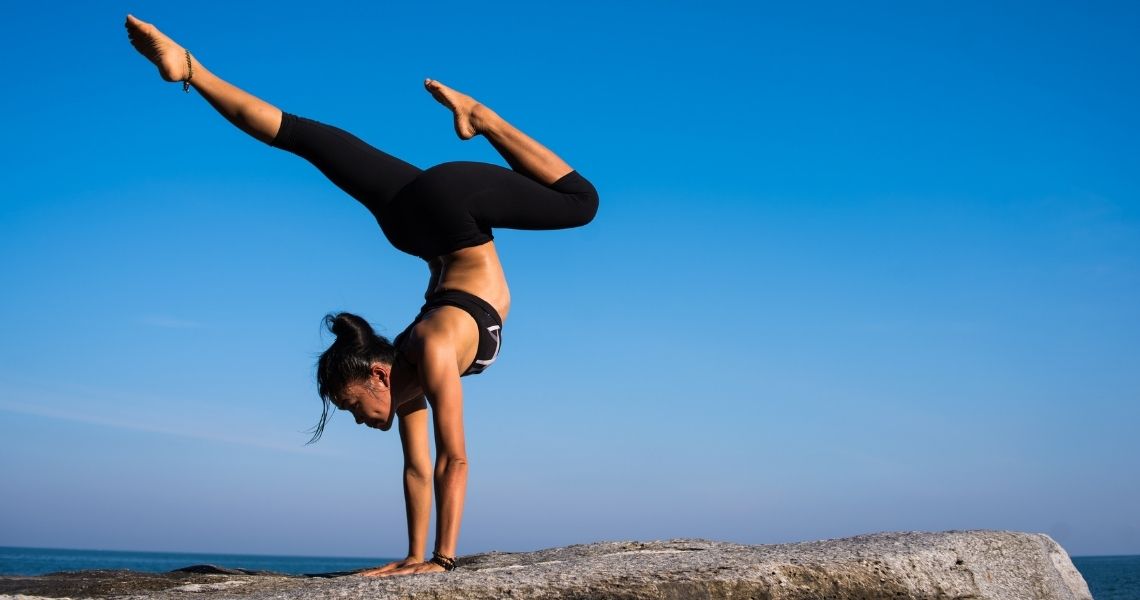
Starting your mindfulness journey? It's a game-changer for stress. Begin by picking a meditation technique that feels right. Set up a cozy corner where you can sit quietly. Try different methods, like focusing on your breath or doing a body scan, and see what clicks. Remember, it's about being present without judgment. A regular practice can reduce anxiety, boost focus, and improve your overall well-being. And don't worry about perfection; it's the consistency that counts. You'll soon notice the profound impact on your daily life. Curiosity will lead you to explore even more ways to deepen your practice.
Key Points
- Choose a meditation technique that aligns with your personal goals for stress reduction.
- Set up a quiet, comfortable space to enhance your meditation practice.
- Incorporate deep breathing techniques to initiate calmness and reduce stress.
- Explore guided meditations to provide structure and ease into mindfulness practice.
- Practice consistently to improve relaxation, reduce anxiety, and enhance overall well-being.
Understanding Mindfulness

In today's fast-paced world, understanding mindfulness offers a powerful tool for staying grounded and focused amidst the chaos. It's about being fully present, engaging with your current experience without judgment. Imagine you're listening to a friend without thinking about what to say next. That's mindfulness in action. When you practice mindfulness, you pay close attention to your thoughts, feelings, and bodily sensations, observing them without getting swept away.
Mindfulness isn't about clearing your mind of thoughts; it's about noticing them without criticism. This practice can lead to increased self-awareness and emotional regulation. You'll start to recognize your habitual reactions to stress and anxiety and learn to respond in more constructive ways. It's like being in the driver's seat of your emotions rather than being a passenger.
By cultivating mindfulness, you're not only improving your ability to relax and reduce stress but also enhancing your focus and concentration. This can be incredibly beneficial whether you're at work, studying, or engaging in creative pursuits. The beauty of mindfulness is that it doesn't require any special equipment or conditions. You can practice it anywhere, whether you're sitting quietly in meditation, taking a walk, or even while doing household chores.
Moreover, mindfulness fosters better relationships. When you're fully present with others, your interactions become more meaningful and compassionate. You're better able to listen, understand, and connect on a deeper level.
Embarking on a journey of mindfulness is a profound way to serve not only yourself but also those around you. It's a path to finding peace in a chaotic world and a stepping stone to a more fulfilled, balanced life.
The Essence of Meditation
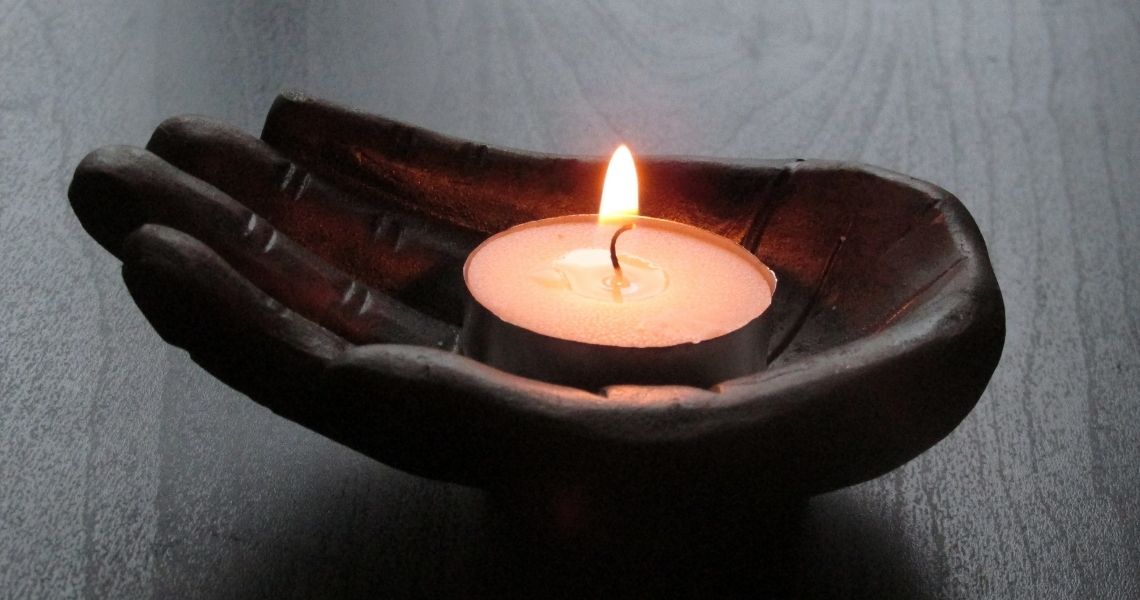
Building on the concept of mindfulness, let's explore how meditation can serve as a powerful practice for enhancing your mental clarity and emotional well-being. At its core, meditation is about training your mind to develop greater concentration, attention, and awareness. It's a daily journey towards observing your sensations, emotions, and thoughts in a way that enhances your self-awareness.
Imagine meditation as a tool in your wellness toolkit, a practice you can turn to daily to reduce stress, anxiety, and nurture your mental health. It's about being fully present in the moment, embracing a state of mindfulness where you observe without judgment. This mindful approach promotes a sense of inner peace and clarity, making the tumultuous waves of daily life more manageable.
Through various techniques like body scans and focusing on your breath, meditation cultivates an environment where mindfulness thrives. These practices encourage you to tune into your body and mind, acknowledging whatever you find without criticism. It's this essence of meditation—being present and mindful—that lays the groundwork for a transformative journey towards improved well-being.
Starting Your Practice
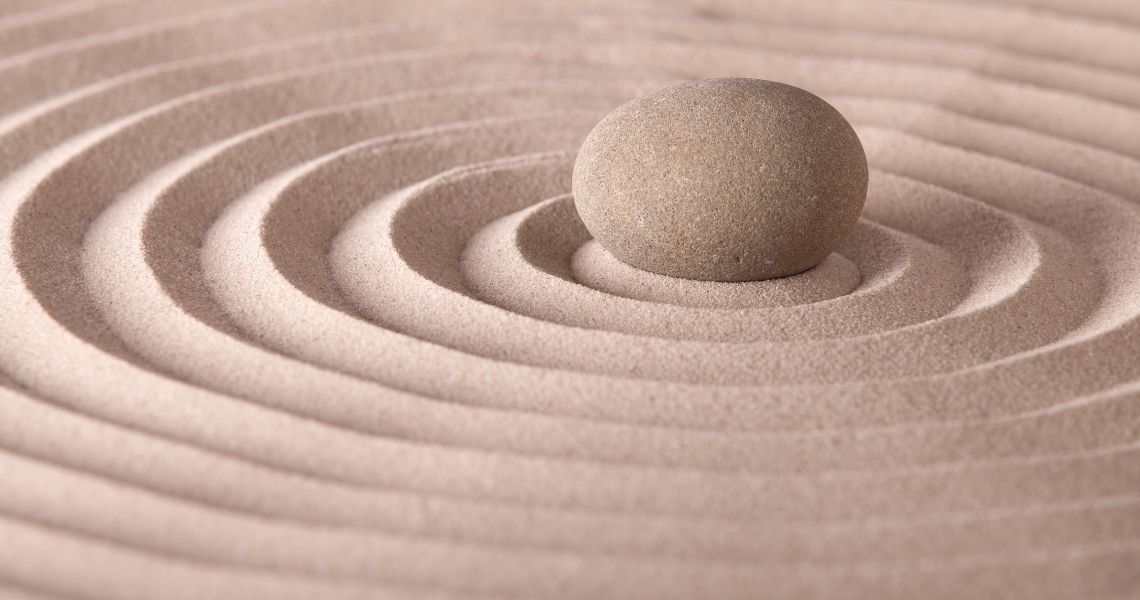
Starting your mindfulness journey begins with choosing a meditation technique that resonates with you and feels right. It's essential to set up a quiet, comfortable space where you can sit undisturbed and truly connect with your practice. This foundation will help you cultivate a routine that nurtures your mind and reduces stress over time.
Choosing Your Technique
Embarking on your mindfulness journey, it's crucial to choose a meditation technique that truly aligns with your personal goals and lifestyle, ensuring a path to reduced stress and enhanced well-being. Explore various methods like focused attention, loving-kindness, body scan, or walking meditation to uncover what resonates most with you.
This investigation is crucial to improving your mental health through practices customized to your needs. Start with brief sessions, gradually increasing them as you become more at ease. Don't be afraid to explore and adjust based on what feels appropriate, guaranteeing a sustainable practice.
For practical suggestions and deeper insights, seek out resources like books, apps, or instructors. Your dedication to discovering the right approach will set the stage for a rewarding mindfulness journey.
Setting Up Space
Creating a dedicated, tranquil space in your home for meditation can greatly enhance your practice, making it easier to slip into a state of mindfulness and reduce stress. Start by designating a calm and quiet space, free from distractions, to anchor your mindfulness practice.
Make sure your meditation space includes a comfortable cushion or chair to support your posture, fostering longer, more rewarding sessions. Soft or natural lighting can set a soothing ambiance, essential for relaxation. Introduce calming elements like plants, candles, or essential oils to elevate the peaceful atmosphere.
The Role of Breathing

As you begin on your mindfulness journey, grasping the role of breathing is essential.
By concentrating on deep breathing techniques, you'll discover a potent tool to alleviate stress and amplify your focus.
Let's delve into how you can incorporate improved breathing practices into your daily routine, turning instances of tension into chances for tranquility and clarity.
Understanding Deep Breathing
Diving into the heart of mindfulness, you'll find that deep breathing is a powerful tool to initiate calmness and ease stress. At its core, deep breathing involves taking slow, deliberate breaths, which activates your body's natural relaxation response. This simple yet profound action helps to reduce stress, anxiety, and promotes a deep sense of calm.
By focusing on your breath, you anchor yourself in the present moment, enhancing mindfulness. Integrating deep breathing into your mindfulness meditation practices isn't just about commencing stress reduction; it's about enhancing your concentration, mental clarity, and overall well-being.
As you set out on this journey, remember that deep breathing is your gateway to inner peace and mindfulness, serving as a foundation for a healthier, more centered life.
Techniques for Better Breathing
To harness the transformative power of your breath, it's essential to master techniques that promote better breathing, serving as the cornerstone of effective mindfulness and meditation practices.
By focusing on breath awareness, you anchor yourself in the present, activating a relaxation response that reduces stress and fosters calmness.
Embrace proper breathing techniques: inhale deeply through the nose, letting your abdomen expand, then exhale slowly and fully. This simple yet profoundly method of deep breathing can greatly enhance your meditation experience, improving concentration, clarity of mind, and emotional regulation.
Creating a Meditation Space

Establishing your meditation space is an essential step toward a successful mindfulness practice, offering a sanctuary where stress can melt away. To practice mindfulness effectively, it's important to choose a quiet and comfortable space in your home. This doesn't need to be large; a small corner will suffice as long as it's dedicated to your practice.
Keeping this area clutter-free is important. A tidy space helps to clear the mind, making it easier to focus during meditation. Consider enhancing the atmosphere with soft lighting or elements from nature, like plants or a small fountain, to create a calming environment.
Comfort is key, so incorporating a meditation cushion or bench is advisable. These aids promote proper posture and provide the support needed to help you stay focused and comfortable throughout your sessions. Remember, physical discomfort can distract from the depth of your practice, so make sure your setup encourages a positive experience.
Personalizing your meditation space can have a big impact on your practice. Add items that bring you peace, such as candles, incense, or even personal mementos that hold special meaning. These elements can help deepen your meditation experience by creating a sense of tranquility and emotional resonance. Also try to ensure that your meditation space can maintain a comfortable temperature for the duration of your session so that ambient changes don’t create a distraction.
Lastly, make sure your chosen spot is free from distractions and interruptions. This may include moving or removing analogue clocks, house pets, radios, cell phones or other devices that may clamor for your attention. A quiet space not only aids in maintaining focus but also in cultivating a deeper connection with your inner self during each session. By creating this dedicated space, you're taking a meaningful step toward enhancing your mindfulness journey and reducing stress.
Setting Practice Goals

Often, starting clear and achievable goals can greatly enhance your meditation practice, offering a sense of direction and purpose. When you begin on your mindfulness meditation journey, establishing specific objectives is essential. These goals not only motivate you but also guide your practice towards the outcomes you desire, such as reducing stress and fostering a deeper sense of well-being.
By setting practice goals, you're taking a proactive step in tailoring your mindfulness practice to meet your unique needs and aspirations. It's about recognizing that while the journey is personal, the benefits of meditation—like improved focus, emotional regulation, and self-awareness—are universally sought after. Here are a few suggestions to help you set effective practice goals:
- Identify your primary reason for meditating: Is it reducing stress, enhancing focus, or something else?
- Set realistic and achievable milestones: This could be meditating for five minutes daily, gradually increasing your time.
- Reflect on your emotional and mental health goals: How do you hope to feel after your practice?
- Customize your practice to suit your lifestyle: Find a routine that fits seamlessly into your day.
- Use a journal to track your progress: This helps in staying committed and recognizing the transformative effects of your practice.
Introduction to Body Scan
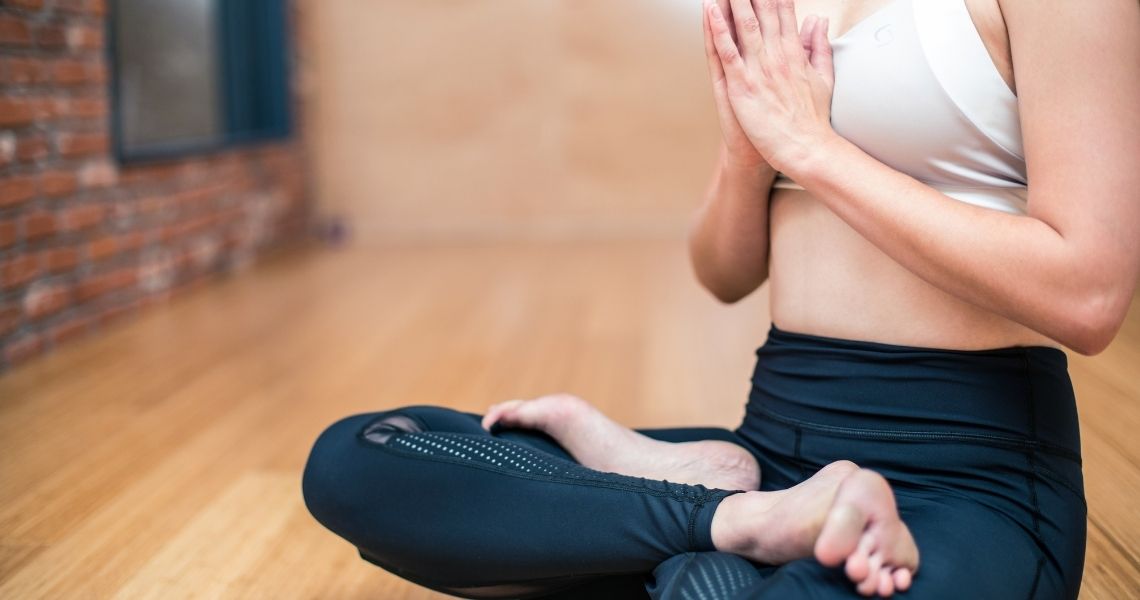
As you commence on your mindfulness journey, body scan meditation offers a powerful tool to connect with your inner self. It's a practice that systematically tunes you into every part of your body, helping you recognize and release any stored tension.
Body Scan Basics
Setting off on a mindfulness journey, the Body Scan technique provides a straightforward yet deep way to tune into your body's experiences, promoting relaxation and awareness from head to toe. This mindfulness technique helps you become more aware of your body's sensations, tension, or discomfort, and it's a powerful tool for relaxation.
- It can be practiced in various positions: lying down, sitting, or standing.
- Focus systematically on different body parts.
- Pay attention to sensations, tension, or discomfort.
- Useful for releasing physical and mental tension.
- Aids in promoting calmness and presence.
Benefits of Body Scanning
Having explored the basics of the Body Scan technique, let's now look at how its benefits can profoundly impact your daily life by enhancing relaxation and awareness.
Body scanning isn't just a practice; it's a pathway to deeper self-understanding and compassion. As you systematically focus on different parts of your body, you're not only increasing bodily awareness but also cultivating a significant reduction in stress.
This mindfulness practice enables you to release tension, fostering a state of calmness and well-being that radiates through your day. By establishing a stronger mind-body connection, body scanning empowers you to nurture your health and enhance your capacity to serve others with presence and empathy.
It's a gentle yet powerful tool for anyone seeking to reduce stress and live more mindfully.
Steps to Body Scanning
Through gentle awareness and acceptance, you will navigate the intricacies of your bodily experiences, allowing you to cultivate a more profound understanding of yourself and your inner workings. Follow these steps to begin learning the Body Scanning technique:
- Close your eyes or lower them halfway to focus better.
- Begin by being intentional in your breathing. Pay attention to it, how it moves your body, and how your body contacts the seat or floor.
- Take your time to mentally explore or focus on each part of your body, giving each body part your undivided attention. Some people prefer to start at the toes and work upwards to their head while others prefer to focus on their extremities and move inward toward their heart. Direction isn’t necessarily the important part, but methodically granting your attention to your body is. There’s no fixed or “recommended” amount of time you dedicate to each part. Take as much or as little time as you want or can afford. The focus is on developing the personal capacity for mindfulness of your own body.
- Notice any sensations without judgment. You may notice pain, soreness, itching, numbness, or other discomforts. The more you listen, the more your body will want to say. Stay curious and open-minded as you investigate sensations. Your body will express many sensations including boredom.
- Gently guide your attention back if it wanders. Understand that wandering attention is natural and guiding it back to the task is a large part of this exercise. By taking notice of what your body parts are expressing, you allow the release of the negative energy associated with the discomfort which can help to resolve the issues.
- Repeat the process for the entire body.
- Conclude by expanding your awareness to your entire body. Open your eyes and transition mindfully into the present moment.
Starting Your Practice
Starting on your mindfulness journey, beginning with Body Scan Meditation, offers a simple yet profound way to cultivate awareness and ease into relaxation. This practice is a soothing entry point into mindfulness, perfect for those of you excited to serve others by first nurturing your own well-being.
- Find a quiet space where you can sit comfortably or lie down.
- Incorporate guided meditations to help focus your attention on each body part.
- Allow yourself to notice physical sensations without judgment.
- Gradually integrate these practices into your daily routine for consistency.
- Explore mindful movement to complement your Body Scan Meditation.
Embracing Body Scan Meditation not only reduces stress but also deepens your connection to the present moment, empowering you to serve others from a place of calm and clarity.
Exploring Loving-Kindness

At the core of enhancing your emotional well-being, Loving-Kindness Meditation invites you to cultivate a deeper sense of compassion for yourself and those around you. This practice, centered on fostering compassion, is a profound way to cultivate mindfulness and enrich your journey toward inner peace and connectedness.
By practicing Loving-Kindness Meditation, you're committing to sending well-wishes and positive intentions not only to yourself but also to others. It's a gentle reminder that everyone is battling their own struggles and that a little kindness can have a substantial impact. This meditation technique doesn't just aim to cultivate feelings of kindness, empathy, and goodwill; it actively encourages you to embody these qualities in your daily interactions.
Engaging in Loving-Kindness can greatly enhance your feelings of connection and empathy, uplifting your emotional well-being. It's about recognizing the common humanity we all share and allowing that recognition to transform how we relate to ourselves and others. Imagine the ripple effect of such a practice in your relationships and the broader community.
Moreover, this form of meditation has the power to reduce negative emotions while simultaneously increasing positivity. It offers a pathway to not just better interpersonal relationships but also to personal healing and growth. As you continue practicing mindfulness through Loving-Kindness Meditation, you'll likely notice a shift toward a more compassionate, empathetic state of being—one where you're more connected to the world and the people in it, fostering a community of care and understanding.
Meditation for Stress Relief
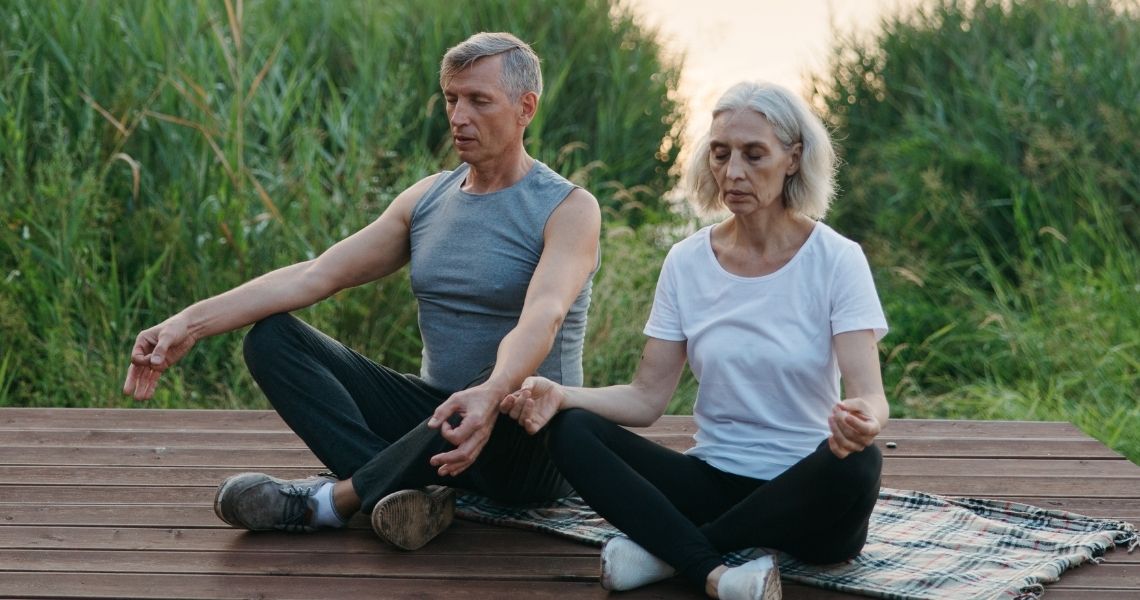
As you start on your path towards stress relief through meditation, it's essential to acknowledge what triggers your stress. Exploring different meditation techniques, such as mindful breathing and body scans, can provide you with useful tools to handle stress effectively. Integrating these practices into your daily schedule can greatly enhance your emotional well-being and decrease anxiety symptoms, leading you towards a more balanced and serene life.
Understanding Stress Triggers
To effectively manage stress, it's important that you first identify what triggers it in your life. Paying attention to your emotions and reactions helps in recognizing stress triggers. Through mindfulness meditation, you gain the insight needed to understand these factors deeply. This understanding is vital for developing strategies to respond with calmness and clarity when faced with stressors.
- Notice changes in your mood or thoughts.
- Keep track of situations that elevate your stress levels.
- Observe your physical responses to certain environments or activities.
- Reflect on interactions that leave you feeling drained or anxious.
- Identify thought patterns that contribute to your stress.
Daily Practice Benefits
Incorporating meditation into your daily routine can significantly diminish stress, offering a path to a more relaxed and mindful existence. As the founding editor of a Mindful community delivered, I've witnessed firsthand the transformative power of daily meditation. Here's how it can enhance your daily life:
- Promotes relaxation and calms the mind, reducing stress.
- Improves emotional well-being and decreases anxiety levels.
- Enhances focus and concentration, leading to better stress management.
- Improves sleep quality and boosts immune function.
- Reduces symptoms of depression, enhancing overall mental health.
Embracing meditation in your daily life isn't just about finding peace; it's about nurturing a healthier, more resilient you, capable of serving others with a calm and focused presence.
Mindfulness in Daily Life

You can seamlessly integrate mindfulness into your daily life, starting with simple practices like breathing exercises and body scans, to greatly reduce stress and enhance focus. Short mindfulness practices don't require a lot of time; they can be woven into your routine, transforming mundane moments into opportunities for presence and awareness. Whether you're brushing your teeth, eating lunch, or waiting in line, each moment can be an invitation to return to the present.
Consistency is key. Dedicating a few minutes each day to mindfulness can lead to significant improvements in your emotional well-being and concentration. It's about making mindfulness a habit, something as natural as your morning cup of coffee. You'll find that over time, this consistent practice helps in reducing anxiety and fostering a deeper sense of peace.
To support your mindfulness journey, explore the wealth of resources available, including guided meditations and mindfulness apps. These tools can offer structured pathways to deepen your practice and explore different mindfulness techniques. They're especially useful for beginners or those looking to add variety to their practice.
Guided Meditation Basics
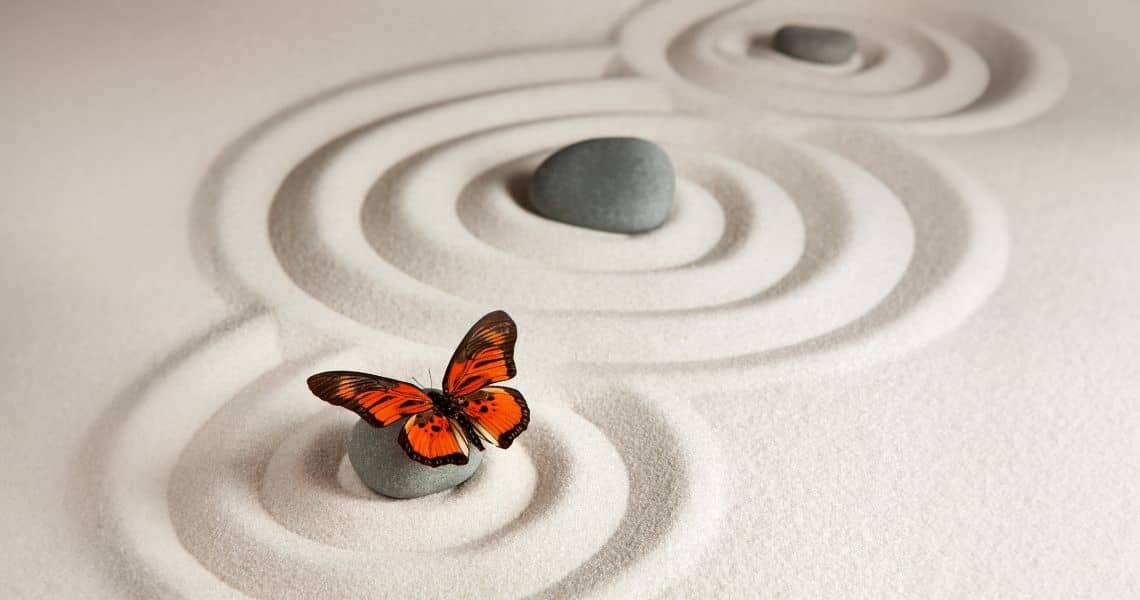
Guided meditation serves as a bridge for many, leading them through the complexities of mindfulness with structured and supportive audio or video recordings. If you're at the beginning of your mindfulness journey, understanding the guided meditation basics can greatly enhance your practice and help you navigate towards a more peaceful state of being. It's a tool that fosters a personalized experience, allowing you to delve into meditation with confidence and a sense of direction.
- Structured audio or video recordings provide step-by-step instructions, making it easier for you to relax, focus, and enter a state of mindfulness.
- Tailored to various goals, whether you're seeking stress reduction, better sleep, or emotional healing, there's a guided meditation that meets your needs.
- Ideal for beginners, as it offers the support and guidance necessary to develop a consistent meditation routine without feeling overwhelmed.
- Accessibility is key, with guided meditations available through apps, online platforms, or in-person classes, ensuring you can find sessions that resonate with your lifestyle.
- A personalized experience is at the heart of guided meditation, allowing you to choose paths that align with your personal goals and preferences.
Embracing the basics of guided meditation isn't just about learning to meditate; it's about nurturing your mind and spirit in a way that's both grounding and expansive. As you commence on this journey, remember that each session is a step towards greater mindfulness and a confirmation of your commitment to serving yourself and, by extension, those around you.
Overcoming Common Challenges

Traversing the path of meditation often involves encountering a few bumps along the way, particularly when it comes to maintaining focus amidst a wandering mind. You might find yourself frequently caught up in thoughts, grappling with restlessness, or dealing with impatience. These are common challenges, and overcoming them is a pivotal part of your mindfulness journey.
Remember, the essence of meditation isn't in keeping your attention perfectly still, but in the practice of guiding it gently each time it wanders. This act itself cultivates patience and self-compassion. When you notice your attention has left the present moment and got caught up in thoughts or distractions, acknowledge this without judgment. Then, direct your focus back to your breath or chosen meditation object. This practice of returning is where the real growth happens.
Building a consistent meditation routine can help in overcoming these hurdles. Consistency fosters familiarity, reducing the novelty that often fuels restlessness and impatience. If you find it particularly challenging to maintain focus, guided meditation and mindfulness techniques can offer structured support, helping you navigate back to a state of calm awareness.
Facing meditation challenges with patience and self-compassion not only enhances your practice but also enriches your capacity to serve others. By exploring your inner landscape with kindness and understanding, you're better equipped to extend the same grace and empathy outward. Remember, every challenge is an opportunity for growth, making you more resilient and grounded in your journey to serving others through mindfulness.
Benefits of Regular Practice

While overcoming meditation challenges lays the foundation, it's the regular practice that truly reveals the myriad benefits for your mind and body. Integrating mindfulness into your daily routine isn't just about finding peace in the moment; it's about cultivating a resilient, focused, and compassionate self over time. As you dedicate yourself to this practice, you'll discover that mindfulness is the practice that keeps on giving, offering profound transformations in various aspects of your life.
Here are five key benefits of regular practice:
- Reduces stress and promotes relaxation: The more you engage in mindfulness, the better you become at managing stress, allowing your mind to find tranquility in even the most turbulent times.
- Improves focus, concentration, and emotional regulation: Daily meditation sharpens your mind, helping you stay centered and composed, especially when life throws its curveballs.
- Enhances sleep quality and immune function: By calming your mind before bed, you not only enjoy deeper, more restorative sleep but also bolster your body's defenses against illness.
- Helps reduce symptoms of depression and anxiety: Regular mindfulness practice can be a powerful ally in managing mood disorders, offering a sense of peace and stability.
- Offers long-lasting benefits in various aspects of life: The commitment to mindfulness weaves a thread of balance and harmony through all you do, enriching your relationships, work, and personal growth.
Embracing these benefits of regular practice isn't just a gift to yourself; it's a way to bring more compassion, understanding, and service into the world. As you continue to weave mindfulness into your daily life, remember that each moment of awareness is a step toward a more fulfilled and serene existence.
Advanced Techniques Overview

As you deepen your meditation practice, exploring advanced techniques like Body Scan and Walking Meditation can greatly enhance your mindfulness journey. These practices invite you to expand your awareness beyond the cushion, integrating mindfulness into every aspect of your life. With Body Scan Meditation, you'll develop a head-to-toe awareness, tuning into your body's subtle sensations. This method allows you to connect with your physical self in a profound way, fostering a deep sense of presence and grounding.
Walking Meditation, on the other hand, brings mindfulness into movement. It's a beautiful practice that teaches you to find stillness in motion, transforming routine walks into opportunities for deep mindfulness. This practice not only enriches your meditation journey but also encourages you to carry mindfulness into your everyday activities.
Loving-Kindness Meditation is another transformative technique. It opens your heart to compassion for yourself and others, enriching your emotional well-being. This practice is particularly powerful for those who wish to serve others, as it nurtures an innate sense of empathy and connection.
The RAIN meditation method, encompassing Recognition, Acceptance, Interest, and Nurture, offers a thorough approach to mindfulness. It guides you through a process of embracing your experiences with kindness and curiosity, fostering a deeper understanding of your emotions and thoughts.
Cultivating Compassion

Starting off on the journey of nurturing compassion through mindfulness practices can deeply change your relationship with yourself and others. As you begin on this path, you'll discover that the heart of mindfulness isn't just about being present but also about fostering a deeper sense of empathy and understanding. Meditation becomes a powerful tool, not only for self-awareness but for cultivating a compassionate heart.
By integrating compassion-focused practices into your daily routine, you'll start to notice a shift in how you relate to your thoughts and feelings, and importantly, how you connect with others. Here are some key practices to guide you:
- Engage in Loving-Kindness Meditation to generate feelings of warmth and care towards yourself and others.
- Employ mindfulness techniques like RAIN meditation to recognize, accept, investigate, and nourish compassion within you.
- Regularly practice compassion-focused meditation to diminish negative self-talk and bolster self-compassion.
- Make a conscious effort to develop a compassionate mindset, which can notably improve your relationships and overall well-being.
- Remember, compassion is a skill that strengthens with practice; integrate these techniques into your daily life for the best results.
Cultivating compassion through mindfulness and meditation isn't just about changing how you feel in the moment; it's about transforming your approach to life. It allows you to meet yourself and others with kindness, understanding, and empathy, laying the foundation for a more connected and fulfilling existence. As you continue on this path, remember that every act of compassion, no matter how small, enriches not only your life but also the lives of those around you.
Frequently Asked Questions
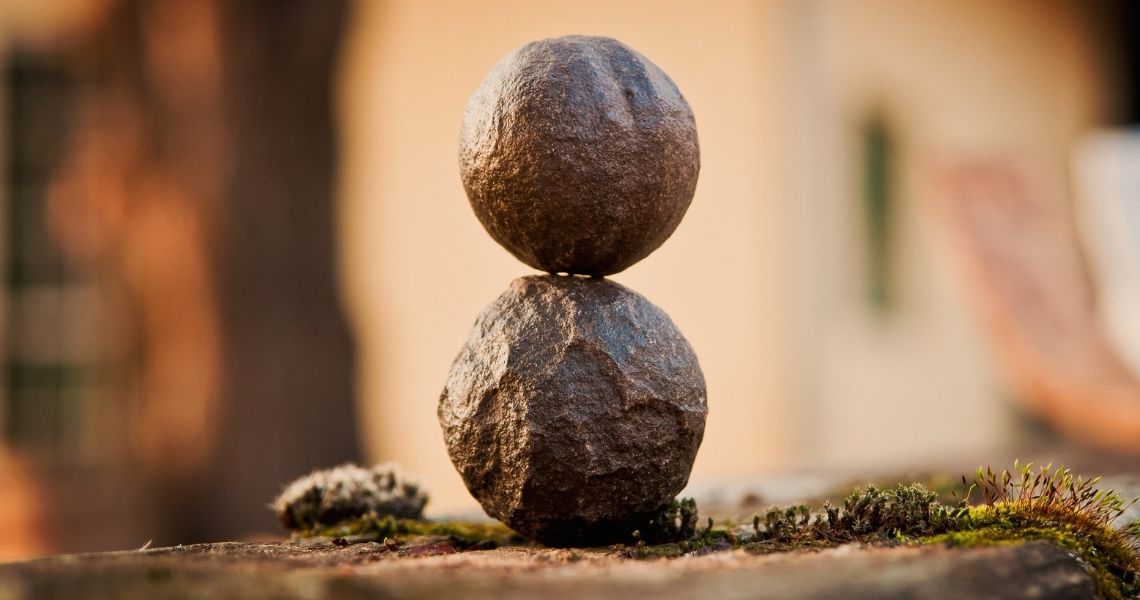
How Do I Start Meditating Mindfulness?
To start meditating, first, find a quiet space where you won't be disturbed. You can incorporate mindfulness apps to guide you and easily fit meditation into your daily routine.
Begin with short sessions, focusing on your breath to anchor yourself in the now. If your mind wanders, gently bring your attention back.
This practice isn't just for you; it's a way to cultivate patience and understanding, enhancing your ability to serve others.
How Does Mindfulness and Meditation Reduce Stress?
Mindfulness and meditation work wonders in reducing stress by altering your brain chemistry, leading to better stress response management. These practices offer physiological benefits, like lowering cortisol levels, enhancing your ability to stay calm under pressure.
You'll notice a shift in how you handle stress, moving from reactive to more composed reactions. Regular practice rewires your brain, making you more resilient and better equipped to serve others from a place of calm.
How to Meditate a Step by Step Guide for Stressed Out Beginners?
To meditate, first find a quiet spot and sit in a comfortable posture. Start with short sessions, focusing on your breath. Use breathing exercises to help maintain focus.
When your mind wanders, it's okay; gently redirect your attention back to your breath using focusing techniques. This step-by-step guide aims to ease your stress, making meditation a supportive practice in your desire to serve others more effectively.
What Are the 5 Steps of Mindfulness?
To embrace mindfulness benefits, you'll follow five steps:
- Recognize your thoughts and feelings
- Allow them space without judgment
- Investigate with curiosity
- Practice Non-Identification to detach
- Embody these awareness techniques in daily practices
This approach fosters empathy and a deeper connection with others. As you integrate these steps, you'll notice a shift in how you interact with the world, serving those around you with a more present and compassionate heart.



